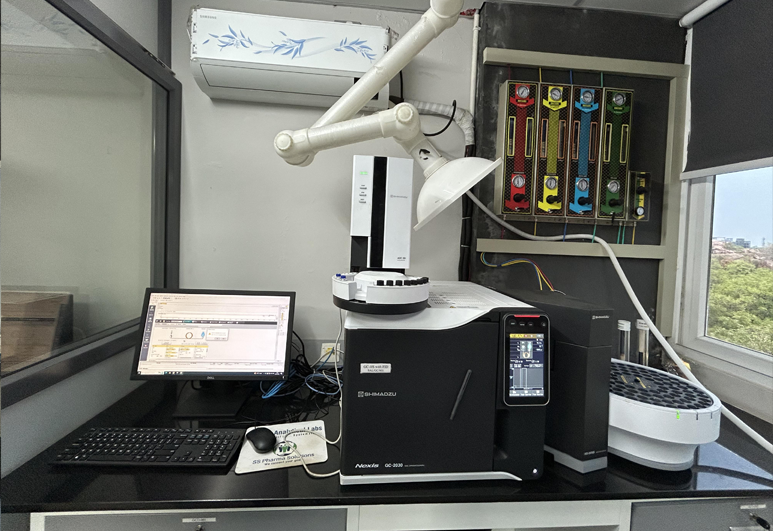Forced Degradation & Stability Testing

Forced Degradation
Forced degradation is a deliberate process of exposing a drug substance or product to extreme conditions to identify potential degradation products and pathways. It helps determine the intrinsic stability of the molecule and supports the development of stability-indicating methods (SIMs).
Why choose?
Latest equipment
Testing equipment have significantly enhanced efficiency.
Safe diagnoses
Both accurate results and lab personnel/environmental safety.

Purpose
- Identify degradation products
- Understand degradation pathways and mechanisms
- Validate stability-indicating analytical methods (usually HPLC)
- Support formulation development and packaging selection
Stability Testing
Stability testing determines how the quality of a drug substance or product varies with time under the influence of environmental factors such as temperature, humidity, and light. It is critical for establishing the shelf life and storage conditions.
Types of Stability Studies
- Long-Term Stability Testing
- Accelerated Stability Testing
- Intermediate Stability Testing
- On-going Stability Testing (Post-approval)
- In-use Stability Studies (for multi-dose or reconstituted products)
Parameters Evaluated
- Physical appearance
- Assay (API content)
- Degradation products
- pH, dissolution (for oral dosage forms)
- Microbial limits (if applicable)
- Moisture content, hardness, friability (for tablets)



